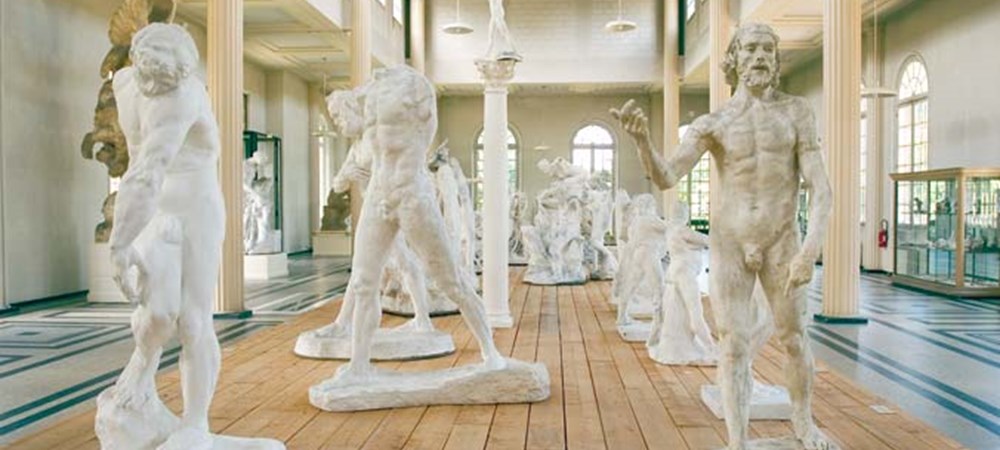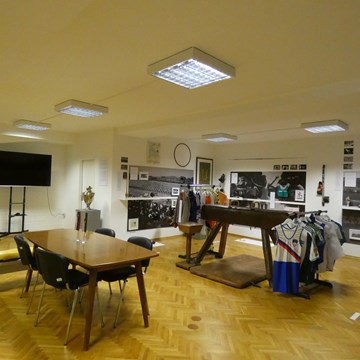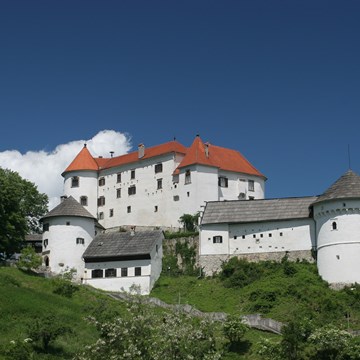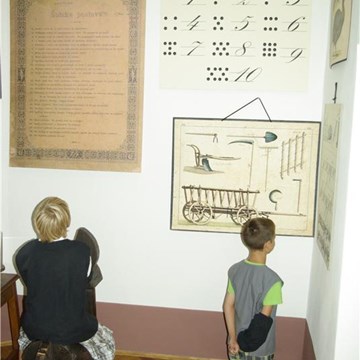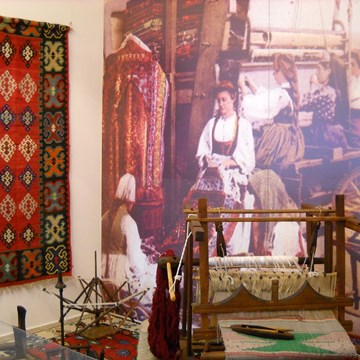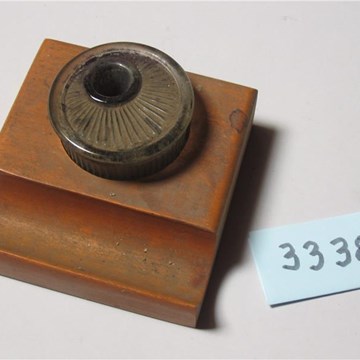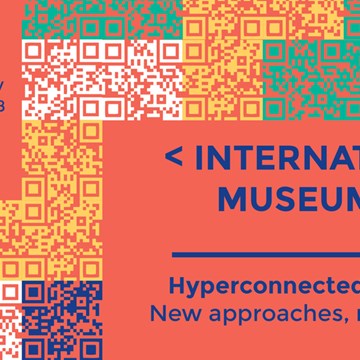Rodin Museum Meudon
Musée Rodin Meudon
Built on the heights of Meudon, the Villa des Brillants is a modest-looking, Louis XIII-style house in brick and stone, which Auguste Rodin purchased at an auction sale on 19 December 1895. It was a suitable environment in which to pursue his career as an artist.
In 1900, about 50 people, including sculptor’s assistants, workers and casters, were employed here by Rodin and, although he continued to go to his Parisian studios every day, especially the one at the Dépôt des Marbres, his most essential creative work was done in Meudon. His property here soon became an inevitable port of call for an endless stream of friends, sitters, patrons and celebrities from France and abroad.
The poet Rainer Maria Rilke, who was employed as Rodin’s private secretary, lived on the premises from 1905: “The effect of this vast hall filled with light, where all these dazzling white sculptures seem to gaze out at you from behind high glass doors, like creatures in an aquarium, is extremely powerful. It makes a huge, a tremendous impression…”
(letter from Rilke to his wife Clara, 2 September 1902).
The museum today
Visitors discover both the spirit of a studio and the atmosphere of an artist’s residence in the late 19th and early 20th century. In the course of the 1997 renovation scheme, the sculptor’s living and work environment was reconstructed from period photographs. Inaugurated in 1948, the museum houses numerous plasters, including casts for Rodin’s monumental works in their successive stages: The Gates of Hell, The Burghers of Calais, several studies for Balzac and the monuments to Victor Hugo, Puvis de Chavannes and Whistler. Since they represent the first step in his creative process, prior to being cast in bronze or carved in marble, their importance is undeniable. Rodin used to make a series of plaster casts for every sculpture that he conceived and thus kept a record of each phase of his work. He therefore had multiple figures at his disposal which he could then modify, transform or combine with other pieces, thus inventing his own sculptural language.
Exhibitions and events
We don't have anything to show you here.
Educational programs
We don't have anything to show you here.
Collections
We don't have anything to show you here.


